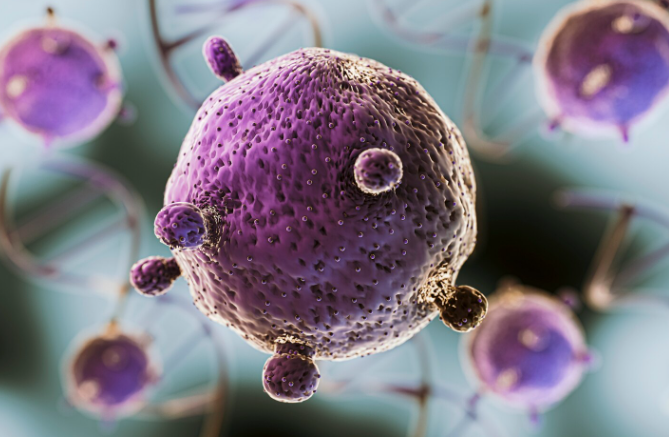Chronic pain affects millions of people worldwide, often diminishing quality of life and limiting day-to-day activities. Whether it stems from arthritis, injury, or degenerative conditions, long-term pain is notoriously difficult to treat. Traditional options like opioids, cortisone injections, or surgery can provide temporary relief—but they often come with significant side effects or risks. This is where stem cell therapy steps in as a regenerative alternative with the potential to offer lasting relief by addressing pain at its source.
What Is Chronic Pain?
Chronic pain is pain that lasts for more than 3–6 months, even after the original injury or cause has healed. It can arise from:
- Joint degeneration (osteoarthritis, rheumatoid arthritis)
- Tendon and ligament damage
- Spinal conditions (herniated discs, sciatica)
- Sports or repetitive strain injuries
- Post-surgical complications
What makes chronic pain complex is that it is not just a symptom—it becomes a condition on its own, altering the nervous system’s pain signals and affecting overall health.
How Stem Cells Help Relieve Chronic Pain
Stem cells—especially mesenchymal stem cells (MSCs)—are powerful for their ability to:
- Regenerate damaged tissue
- Reduce inflammation at the cellular level
- Modulate immune response
- Improve blood flow and oxygenation
- Support the healing of cartilage, tendons, and nerves
Unlike medications that merely mask the pain, stem cell therapy works to repair the underlying damage causing the discomfort.
Read more about it in this post: Understanding Stem Cell Therapy: How It Works and Who Can Benefit
Conditions That May Benefit
Stem cell therapy is increasingly used to treat a wide range of chronic pain conditions, including:
- Knee, shoulder, or hip osteoarthritis
- Chronic tendonitis or tendinosis
- Back and neck pain
- Degenerative disc disease
- Chronic sports injuries
It is also an option for patients who wish to avoid or delay surgery, or for those who haven’t found relief with conventional treatments.
You can find related information here: Stem Cell Therapy for Joint Pain: A Natural Alternative to Surgery
What to Expect from the Procedure
While protocols vary, a typical chronic pain treatment involves:
- The requested number of stem cells is received from a certified laboratory.
- Injection into the affected area under imaging guidance
The procedure is minimally invasive and usually performed in an outpatient setting. Most patients report improvement within weeks, with continued regeneration over several months.
Are There Risks?
As with any medical procedure, there are minor risks such as soreness at the injection site or temporary inflammation. However, since the stem cells are typically autologous (from your own body), the risk of rejection or infection is significantly minimized.
Don’t forget to read: Stem Cells for Autoimmune Diseases: Repairing the Immune System from Within
Who Should Consider This Treatment?
Ideal candidates include:
- Adults experiencing chronic musculoskeletal pain
- Athletes with persistent injuries
- Individuals looking to avoid surgery or medications
- Patients seeking an integrative or regenerative approach to pain
A personalized consultation can determine the best course of action based on your medical history and goals.
You don’t have to live with chronic pain or rely on temporary fixes. At our regenerative clinic, we help you rediscover movement, comfort, and confidence through advanced stem cell therapy tailored to your condition. Take the first step toward lasting relief—call us today at +57 311 797 0832 or write to info@drdiegohernadez.com.co. It’s time to move forward without pain.




